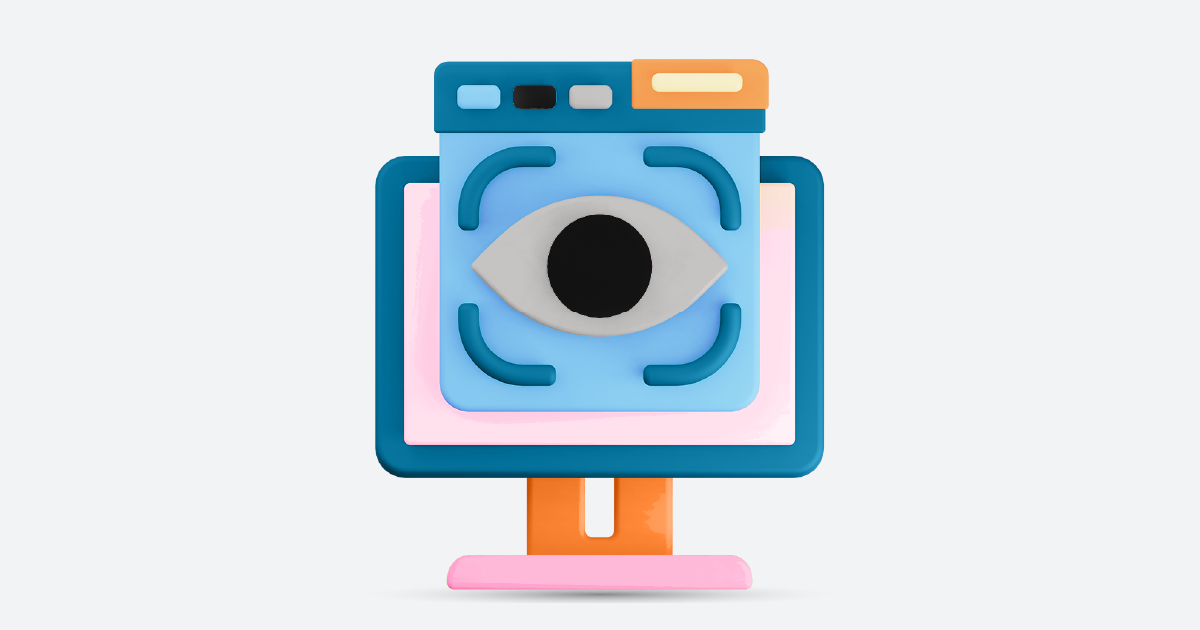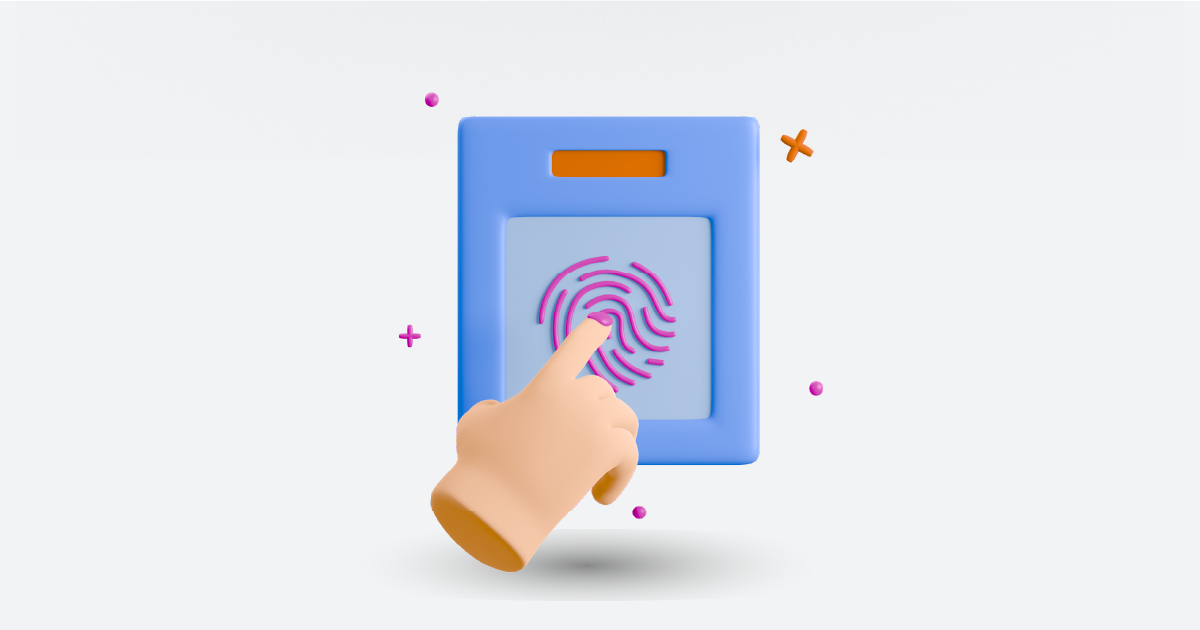We live in a world where visuals dominate—whether it’s an Instagram post, a viral TikTok video, or a meme shared across platforms. But how can businesses make sense of all this visual content? This is where visual analytics and visual listening come into play.
Visual analytics is a powerful tool that helps businesses decode images, videos, and infographics to extract meaningful insights. When combined with visual listening, brands can track how their audience engages with visual content beyond text-based mentions. In this article, we will explore how visual analytics enhances visual listening and why it’s crucial for modern businesses.
Understanding Visual Analytics

Definition and Importance
Visual analytics is a data analysis approach that uses images, charts, and graphs to make complex information easier to understand. It involves using AI, machine learning, and data visualization tools to extract insights from vast amounts of visual data.
How Visual Analytics Processes Data
- Data Collection – Gathering images, videos, and infographics from various sources.
- Processing & Recognition – Using AI-powered tools to analyze and categorize visual elements.
- Insight Generation – Identifying trends, patterns, and consumer sentiment.
What is Visual Listening?
Visual listening goes beyond traditional social listening by analyzing images and videos instead of just text-based content. Brands can detect logos, objects, scenes, and even emotions expressed in visuals to understand how their brand is perceived online.
How it Differs from Text-Based Listening
| Feature | Text-Based Listening | Visual Listening |
|---|---|---|
| Data Type | Keywords, hashtags, mentions | Images, videos, GIFs, memes |
| Tools Used | NLP, sentiment analysis | AI-powered image recognition |
| Insights | Text-based opinions | Visual engagement and sentiment |
The Growing Importance of Image and Video Data
With over 3.2 billion images shared daily on social media, brands can no longer ignore visual data. People express their experiences through photos, emojis, and videos, making visual listening an essential strategy for businesses.
How Brands Leverage Visual Data for Insights
- Product Placement: Identifying how and where products appear in user-generated content.
- Customer Sentiment: Understanding emotions based on facial expressions and settings.
- Competitor Analysis: Tracking visual engagement with competitor brands.
How Visual Analytics Enhances Visual Listening
Identifying Trends Through Image Recognition
Visual analytics tools scan millions of images to detect patterns, such as trending colors, objects, and aesthetics that shape consumer preferences.
Sentiment Analysis of Visual Content
By analyzing facial expressions, emojis, and backgrounds, AI can gauge the emotions tied to a brand in visuals.
Understanding Consumer Behavior from Visuals
A simple image can reveal age demographics, interests, and lifestyle choices, offering a deeper layer of insight compared to text alone.
Key Technologies Powering Visual Analytics in Visual Listening
- AI & Machine Learning – Enables automated pattern recognition.
- Computer Vision – Helps in object and facial recognition.
- NLP for Context Understanding – Interprets captions and hashtags associated with visuals.
Applications of Visual Analytics in Different Industries
- Retail & E-commerce – Brands track product placements and influencer marketing.
- Hospitality & Tourism – Travelers share photos; businesses analyze them for trends.
- Fashion & Beauty – AI detects emerging fashion trends from Instagram posts.
- Sports & Entertainment – Teams and brands measure fan engagement through game-day visuals.
Challenges
- Data Privacy – Ethical concerns over AI analyzing personal images.
- Recognition Accuracy – AI struggles with nuances like sarcasm or cultural differences.
- Bias in AI Models – AI can misinterpret visuals if not trained on diverse datasets.
Future Trends
- Advancements in AI – Improved accuracy in object and emotion detection.
- Augmented & Virtual Reality – More immersive brand experiences through visuals.
- Predictive Analytics – AI will predict consumer trends based on image patterns.
Conclusion
Visual analytics is transforming the way brands understand their audience. With billions of images shared daily, businesses that fail to tap into visual listening miss out on crucial insights. As AI and machine learning continue to evolve, the future of visual analytics promises even deeper engagement and brand intelligence.
Want to see how visual analytics can elevate your brand strategy? Request a demo from AIM Technologies today and unlock the power of AI-driven visual listening!
FAQs
- What is the difference between visual listening and traditional social listening?
Visual listening analyzes images and videos, whereas social listening focuses on text-based content like mentions and hashtags. - Can visual analytics detect brand logos in user-generated content?
Yes! AI-powered image recognition can track where and how your brand appears in visuals. - How does AI analyze emotions in visual content?
AI examines facial expressions, colors, and contextual elements to determine sentiment. - Is visual analytics useful for small businesses?
Absolutely! Even small brands can track customer engagement through affordable AI tools. - What are the ethical concerns of visual listening?
Privacy issues and AI biases are major concerns. Brands should ensure responsible AI use and respect user data.




